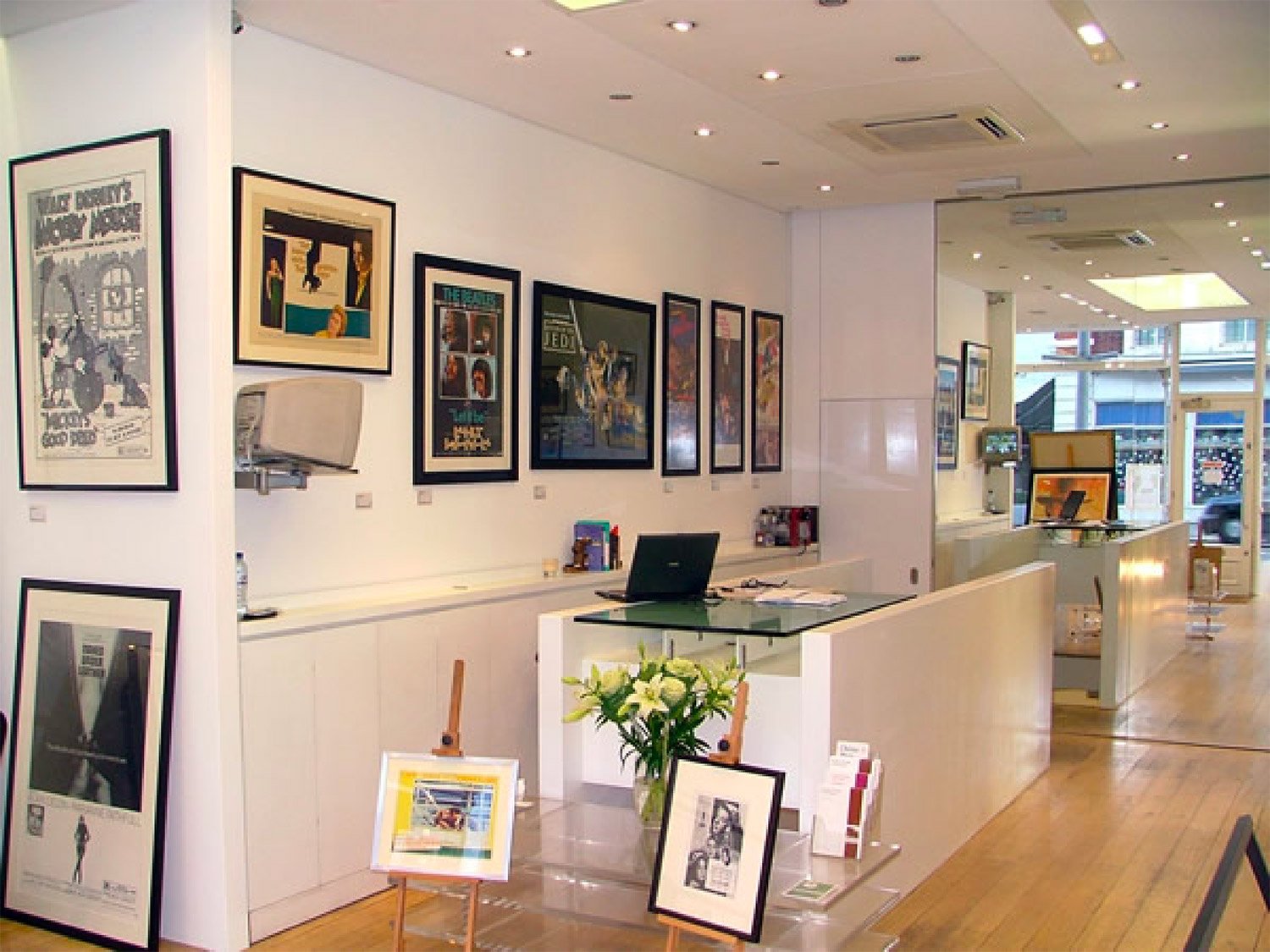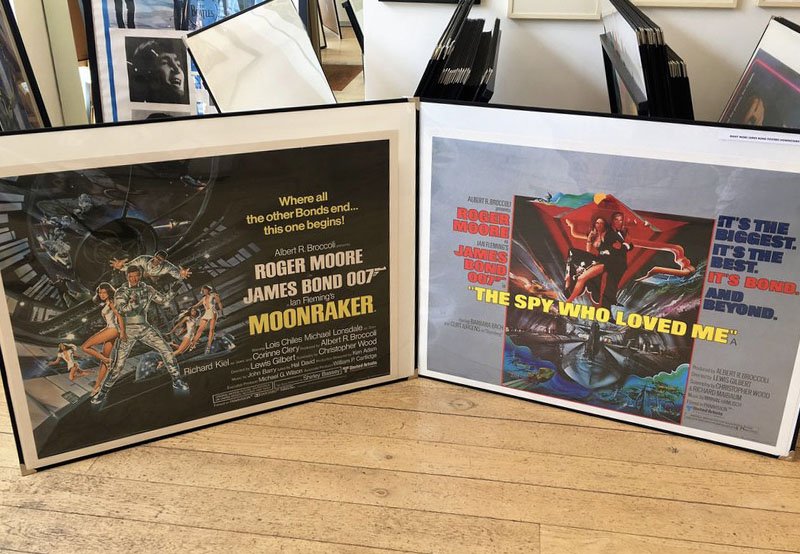Galleries and Biographies
For film fans, here is a little more information about some of our favourite actors, directors and genres. We started with some comedy but will be adding more Galleries over time – feel free to let us know if you have any suggestions.

Charlie Chaplin
What can be said about Sir Charles Spencer Chaplin in a few lines? Criticised while alive for old fashioned direction and over-sentimentality, and critically eclipsed after his death by Buster Keaton, he was nevertheless the first global superstar.
His films remain – quite simply – very, very funny; whether it’s the Little Tramp in the Yukon, Adenoid Hynkel toying with his globe, or Monsieur Verdoux trying to murder another wife.
Read More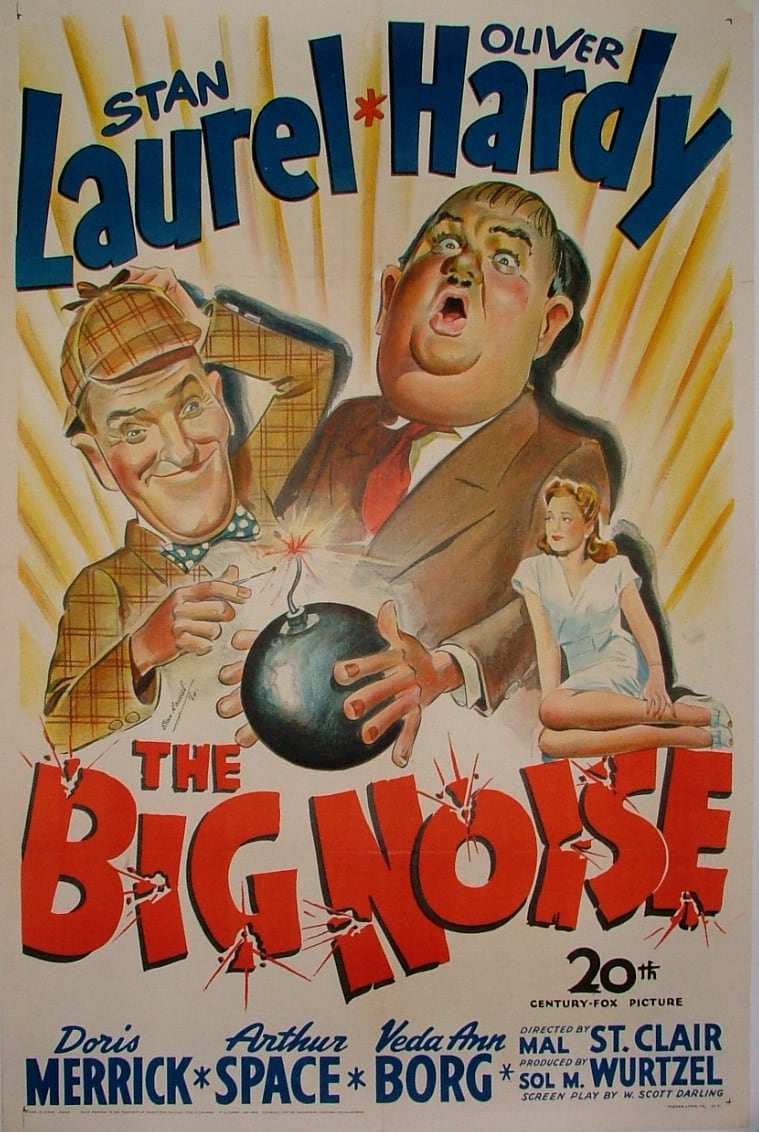
Laurel and Hardy
Stan Laurel and Oliver Hardy are probably the best known, and best loved (by those who don’t find them silly and repetitive) comedy duo in the history of film. First working together in the early 1920s, they successfully made the transition from silent to sound films, and continued making movies until 1950.
Read More
Abbott and Costello
By 1940, Laurel and Hardy had been eclipsed at the Box Office by Bud Abbott and Lou Costello, who brought their vaudeville routines to contemporary comedies. When the public started to tire of them, they reached even bigger audiences by switching to a series of comedy horror/thriller films, pairing them with Frankenstein, the Mummy, the Invisible Man and others, as well as sending them to Mars.
Read More
The Carry On Series
As British as a Donald McGill postcard and just as subtle, the Carry On series seems to have been with us forever and is part of our comedy fabric. Running initially from Sergeant in 1958 to Emmannuelle in 1978, reviving for Columbus in 1992, it even now threatens to return from time to time.
Read More
The Marx Brothers
Groucho, Chico and Harpo have been entertaining film fans for over 90 years. They were always popular while they were making movies between 1929 and 1949. They later carved out successful individual tv careers which kept them in the public eye. Their films were discovered by a new generation of students and film academics in the 1960s
Groucho was still performing to sell out houses in his 80s. They have been top sellers on video, DVD and streaming services. And their films still sell out and bring the house down at the NFT.
Read More
The Road To…… Series
There were buddy movies before and there have been since. There were road trip movies before and have been since. Bing and Bob weren’t the first comedy double act, and certainly weren’t the last. But it’s hard to find a group of films which can match the Road series for pure fun. Put it there, Pal.
Read More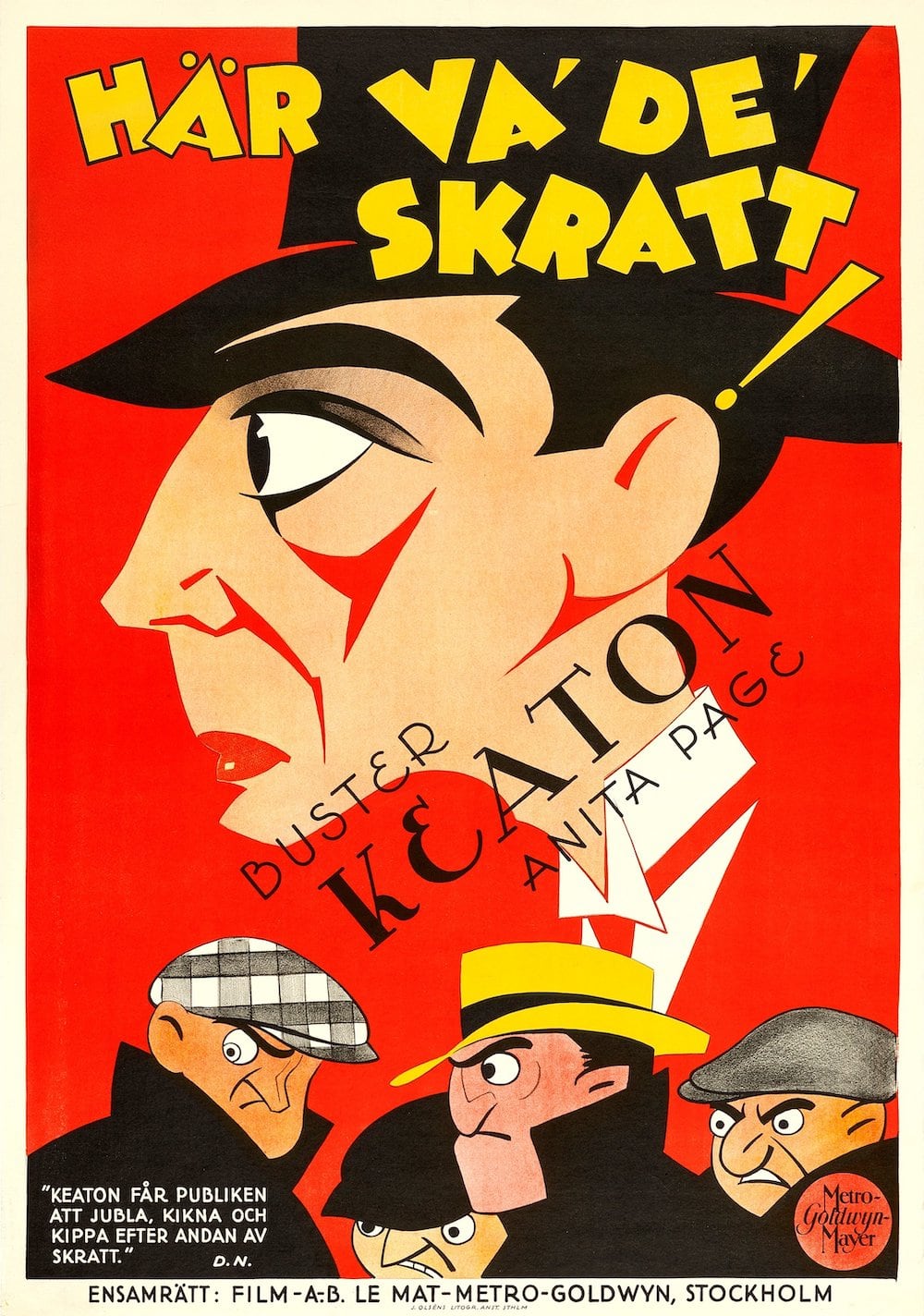
Buster Keaton
The Great Stone Face, so-nicknamed because he didn’t laugh or smile on camera, started his comedy life as a baby on the vaudeville stage in his parents’ act. By the mid 1920s, his popularity as a silent film comedian was approaching Chaplin’s.
A century on, the debate continues – was Buster funnier than Charlie? Or is it apples and pears?
Read More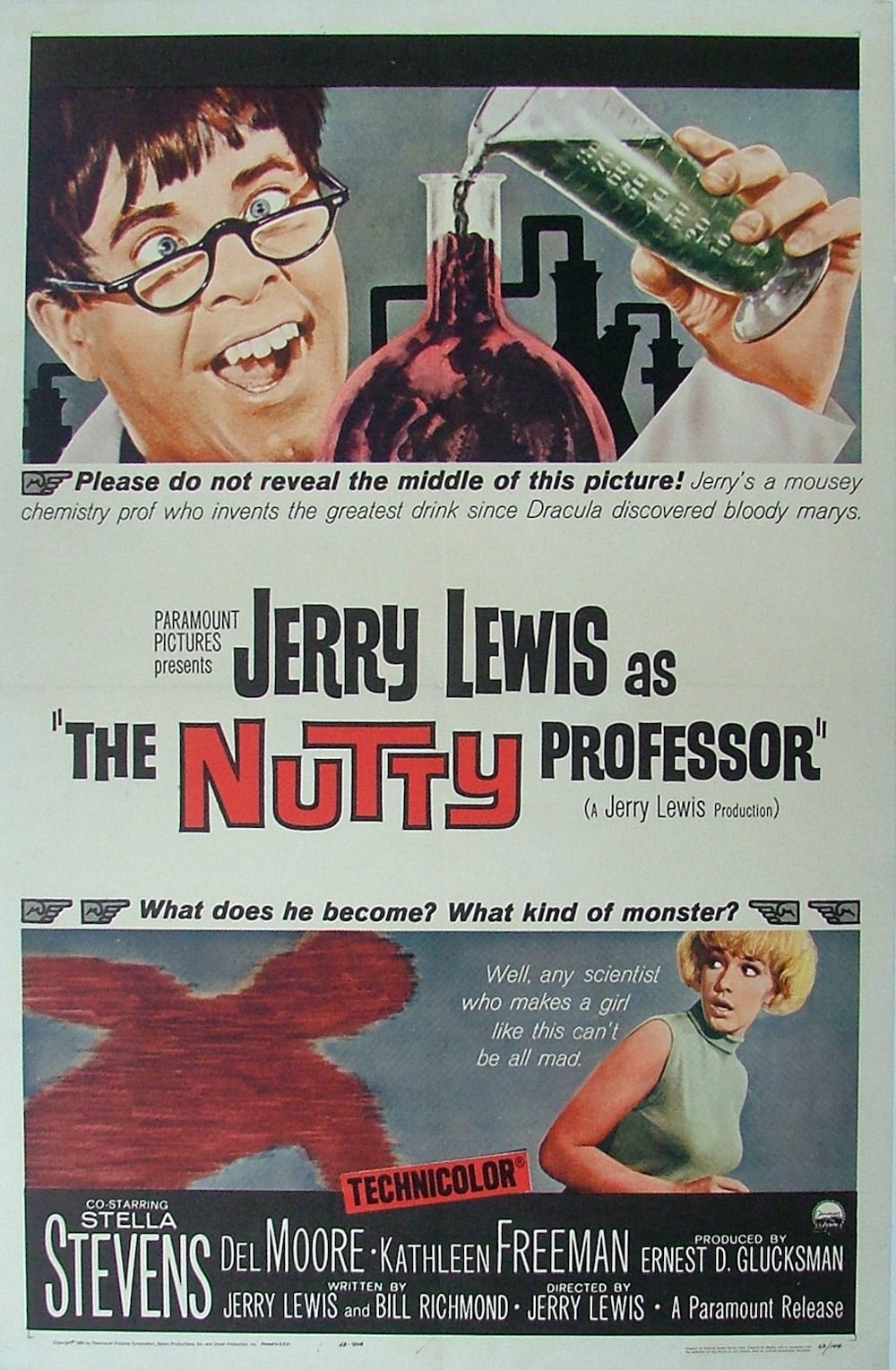
Jerry Lewis
The film career of Jerry Lewis spanned more than sixty years, from new comedy kid on the block, to elder industry statesman.
He started out with Dean Martin, and after the team split his solo career continued; with Jerry writing, directing, producing and starring in many of his own vehicles. Unlike Chaplin, he never managed also to compose his own scores.
Read More
Terry-Thomas
Thomas Terry Hoar-Stevens, born into a middle class English family, realised at a young age that accent and attire were important attributes in getting ahead in the 1930s.
So he re-invented himself as the spiffily dressed, cigarette holder brandishing, gap-toothed, moustachioed T-T. Cue forty years of stage, television, British, American and international film stardom.
Read More
Saul Bass
There have been few movie poster artists whose skill and reputation elevates a film’s advertising materials to “art” status even amongst purists.
For many, the best of them all was Saul Bass. A leading graphic designer, his film title and poster design work is instantly recognisable, producing some of the finest and most collectable examples of design led film posters and lobby cards.
Read More
Marilyn Monroe
There isn’t much that hasn’t already been said or written about every facet of Marilyn Monroe’s life and legacy.
Her screen career started with a number of uncredited appearances, but her breakthrough was in 1950’s “The Asphalt Jungle”. She was soon featuring in increasingly large roles in major films. 1953 saw her starring in three big movies “Niagara”, “Gentlemen Prefer Blondes” and “How To Marry A Millionaire”, which turned her into a household name and superstar.
She was a major star for the rest of her short life until her tragically early death at 36 in 1962. And in the almost sixty years since then, her popularity and glamour haven’t dimmed, and she long ago attained truly iconic status.
Read More

